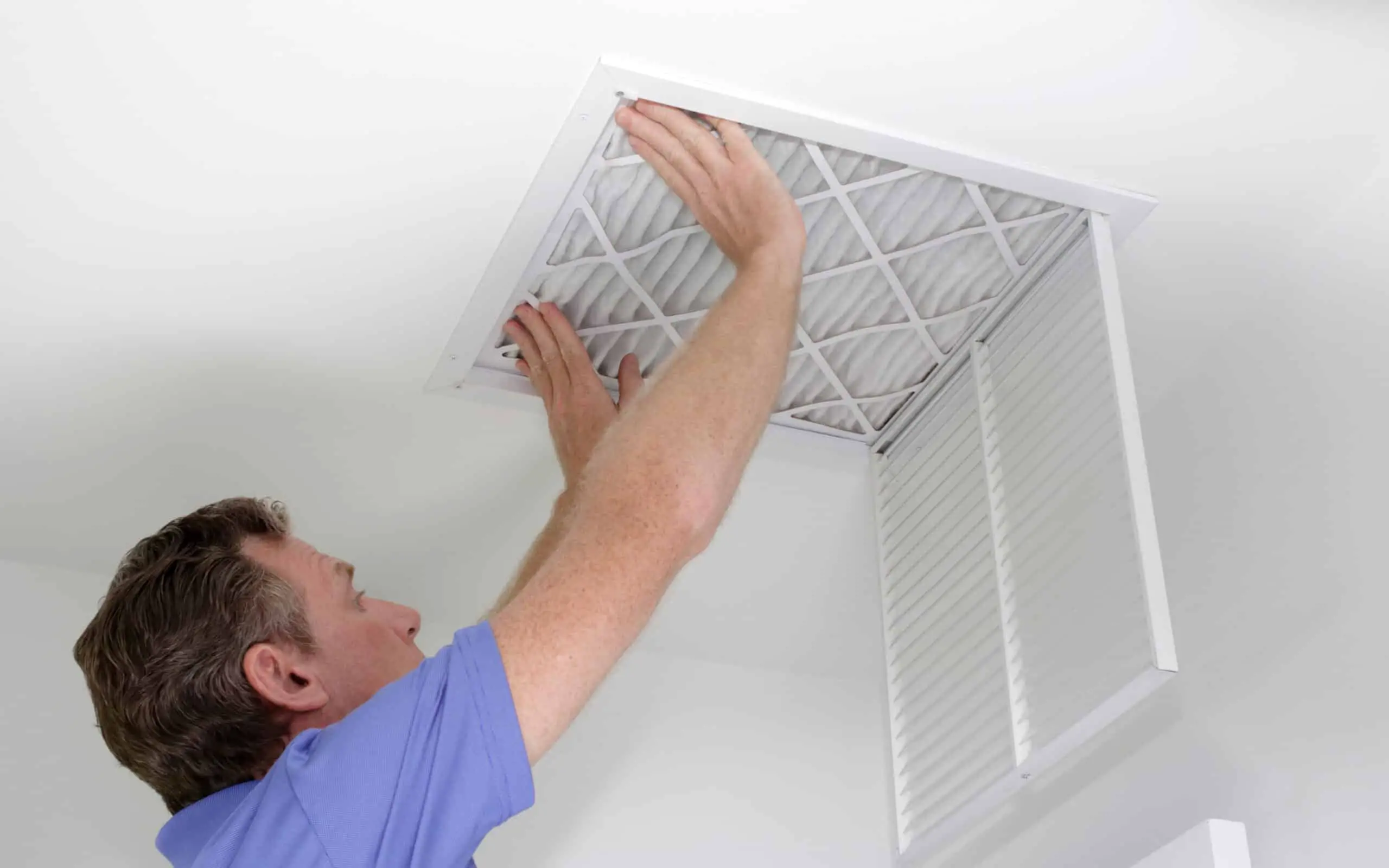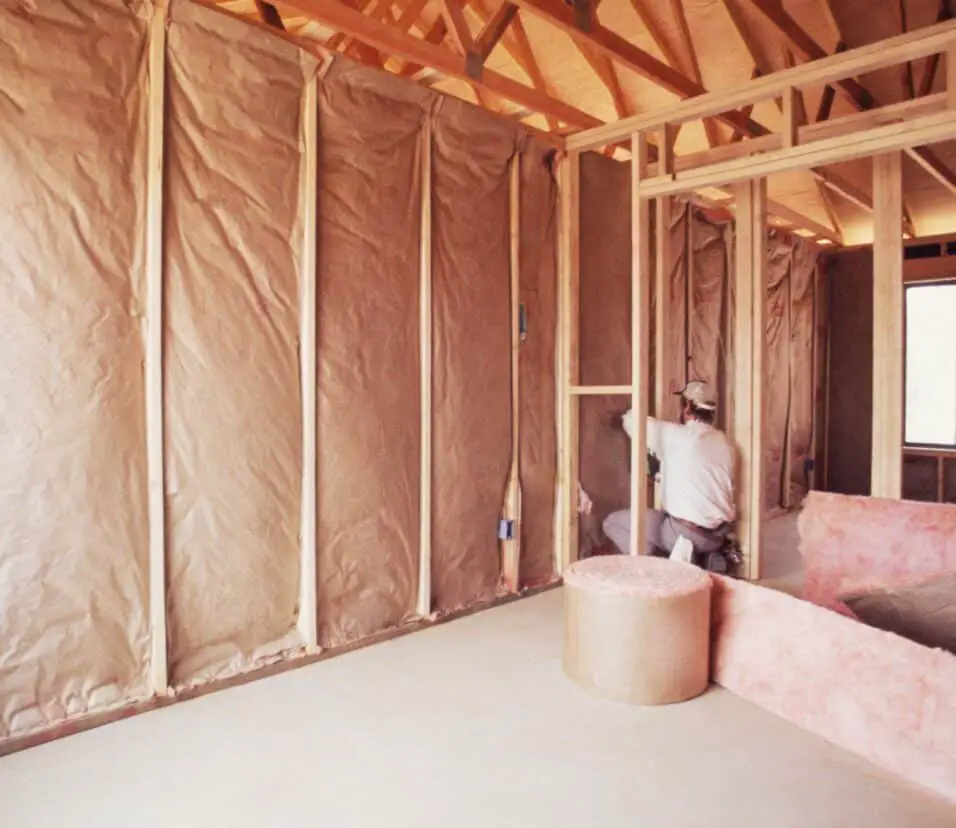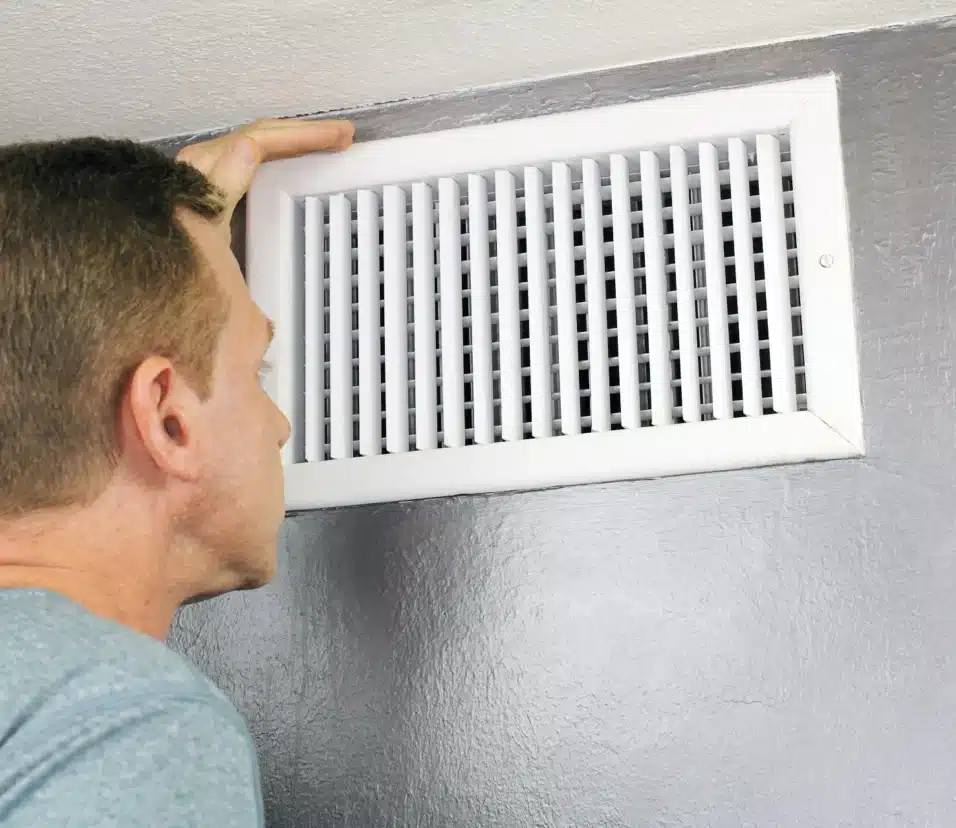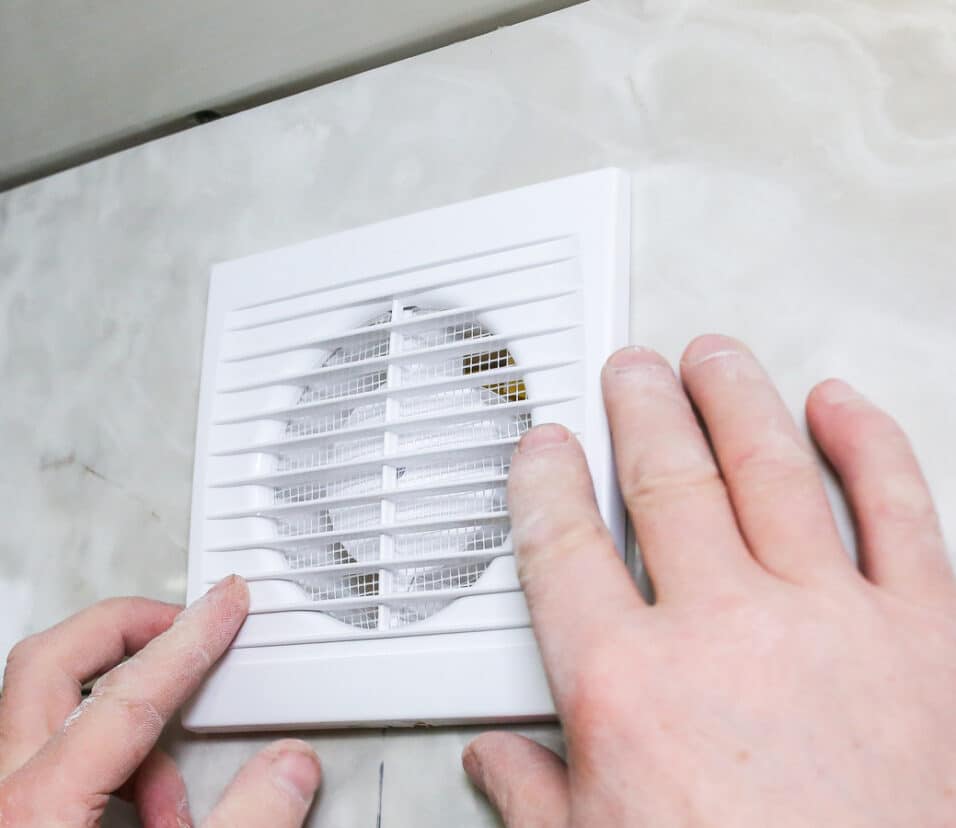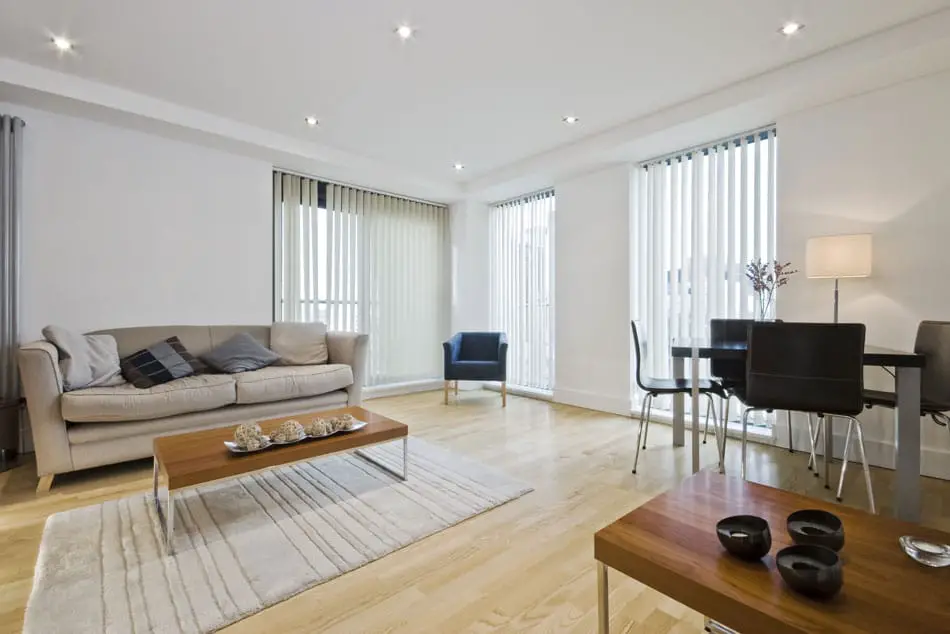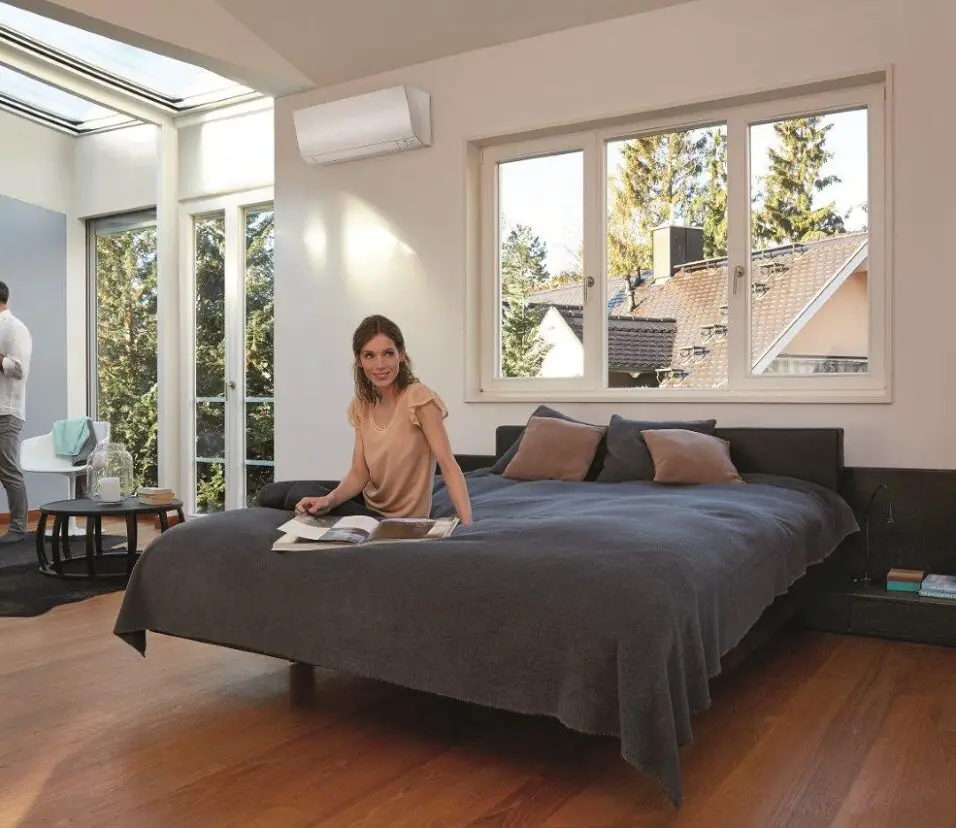How To Fix Poor Ventilation In House
Introduction
How To Fix Poor Ventilation In House: Inadequate ventilation can significantly impact the comfort, health, and overall livability of your home. Poor ventilation can lead to a buildup of pollutants, excessive humidity, and stale air, all of which can contribute to respiratory issues, mold growth, and a generally unpleasant living environment. Fortunately, addressing poor ventilation is not only essential for the well-being of occupants but also achievable through a series of effective solutions.
This guide aims to provide practical insights and steps to help you rectify poor ventilation in your house. By understanding the causes behind the issue and implementing appropriate measures, you can enhance the indoor air quality and create a more pleasant atmosphere. From identifying problem areas to implementing ventilation systems, you’ll find a range of strategies to suit different scenarios. Whether your home suffers from insufficient airflow, inadequate exhaust systems, or improper window placement, taking proactive steps to improve ventilation room can lead to a healthier and more comfortable living space.
We’ll delve into various methods and techniques to combat poor ventilation, offering both DIY solutions and advice for when professional assistance might be required. Remember, a well-ventilated home not only promotes a healthier lifestyle but also contributes to energy efficiency and long-term structural integrity.
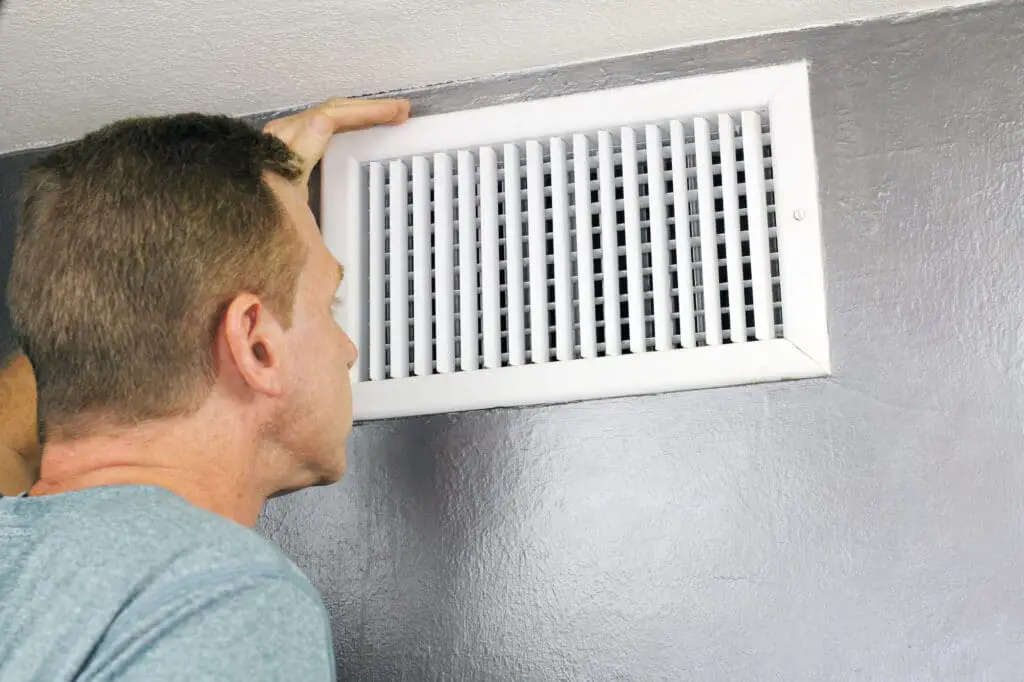
How can I improve poor ventilation in my room?
You can improve natural ventilation by fully or partly opening windows, air vents and doors. But do not prop fire doors open. You should be able to open any windows and keep vents or trickle vents open that let in fresh air. If any windows have been painted shut, they should be reopened.
To enhance poor ventilation in your room, consider a combination of straightforward measures and more substantial improvements. Start by opening windows on opposite sides of the room to create cross-ventilation, allowing fresh air to flow in while pushing out stagnant air. Utilize fans strategically to facilitate air movement and circulation. Placing a box fan in one window to draw in outdoor air and another fan in a separate window to expel indoor air can be especially effective.
If possible, identify and remove any obstructions that may be blocking air pathways, such as furniture or curtains. Moreover, adopting humidity control strategies, like using a dehumidifier, can prevent excessive moisture buildup, reducing the risk of mold growth and improving air quality.
For a more comprehensive solution, consider installing an exhaust fan or improving your room’s connection to the home’s central ventilation system. In some cases, consulting with a professional may be necessary to assess the best course of action. Remember, the goal is to create a consistent and healthy airflow within your room to ensure optimal comfort and well-being.
What causes poor ventilation in house?
Crowded spaces often means that there is less open space for air to flow through. This leads to heat being more concentrated and high levels of heat often means poor room ventilation.
Poor ventilation in a house can stem from a variety of factors that hinder the proper exchange of indoor and outdoor air. Inadequate design and construction, such as insufficiently sized or improperly placed windows, doors, and vents, can restrict the natural flow of air. Blocked or obstructed air pathways due to furniture arrangement or clutter can impede air circulation, leading to stagnant areas.
Furthermore, modern energy-efficient construction practices, while beneficial for insulation and cost savings, can inadvertently result in reduced ventilation. Tight seals and insulation techniques can trap indoor pollutants and moisture, contributing to poor air quality. Additionally, lack of maintenance for ventilation systems like exhaust fans or air ducts can lead to reduced efficiency and effectiveness.
Environmental factors also play a role, such as weather conditions that discourage opening windows or doors. High humidity levels can create an environment conducive to mold growth and dampness, worsening indoor air quality. Understanding these root causes of poor ventilation can guide you in implementing appropriate solutions to improve airflow and ensure a healthier, more comfortable living environment.
How do you know if your house has poor ventilation?
Musty odors and the feeling of dampness surrounding you are signs you should check the building’s ventilation system. Proper ventilation allows fresh air to enter and circulate throughout a building. Without this, condensation rises and mold problems soon follow.
Condensation on windows or walls may indicate poor air exchange.
High humidity, which causes dampness and mold or mildew growth, frequently indicates poor ventilation. Another warning indicator is the presence of airborne allergens and pollutants including dust, pet dander, and cooking odors.
Poor ventilation may cause you to regularly open windows to get fresh air or make some areas uncomfortable due to temperature changes or stale air. Due to poor air circulation, indoor pollution may cause headaches, allergies, and respiratory issues.
Monitoring and resolving these indications can improve indoor air quality, making your home healthier and more enjoyable.
Which direction house is good for ventilation?
In vastu, natural light and ventilation are crucial, so make sure the dwelling gets enough sunlight and cross ventilation. A north or east-facing flat with windows and balconies is perfect.
The best house orientation for ventilation takes advantage of wind patterns and increases airflow. Windows and apertures facing prevailing breezes help intake and expel stale air in most climates. Cross-ventilation creates continuous airflow by allowing air to enter and exit the home from different sides.
In temperate climates with steady winds, windows on opposite sides of a room or structure can provide cross-ventilation. Windows on the windward side capture cool breezes, while exhaust vents on the leeward side release warm air in warmer climes.
However, local conditions and the surrounding environment also play a role. Factors such as nearby buildings, trees, and geographical features can influence wind patterns. Therefore, a well-designed house considers both the local wind direction and the positioning of windows and openings to optimize ventilation. Ultimately, a house oriented to promote efficient airflow can lead to improved indoor air quality, thermal comfort, and energy efficiency. Consulting with architects or experts in your specific region can provide tailored recommendations for optimal ventilation design.
What are some immediate steps that can be taken to alleviate poor ventilation in a house without significant modifications?
There are various easy solutions to fix inadequate ventilation in a house without major changes. Creating cross-ventilation by strategically opening windows on different sides of the room or house is straightforward. This creates natural airflow by letting new air in and pushing out stagnant air.
Using fans strategically might also bring rapid relief. A box fan in one window to pull in external air and another to discharge inside air can improve air circulation. Open interior doors improve airflow throughout the house.
Better ventilation can be achieved by removing furniture and drapes. Cleaning and dusting regularly prevents air impurities. Finally, careful ventilation during heat- and moisture-generating indoor activities like cooking and showering can improve air quality.
These basic solutions can improve ventilation, reduce stuffiness, and make your home more pleasant without major changes.
How can strategically placing fans in various locations contribute to improving ventilation within a room?
Strategically placing fans in various locations can have a substantial impact on improving ventilation within a room. Fans work by enhancing air movement, helping to circulate both indoor and outdoor air more effectively. By positioning fans strategically, you can create a more consistent and comfortable airflow throughout the room.
For instance, placing a fan near a window or door on one side of the room can help draw in fresh outdoor air. Simultaneously, positioning another fan on the opposite side, near another window or door, can encourage the expulsion of stagnant indoor air. This setup mimics the principles of cross-ventilation, where air enters from one side and exits from the other, promoting a healthier and fresher indoor environment.
Furthermore, ceiling fans can also contribute to improved ventilation. Running a ceiling fan in a counterclockwise direction in the summer helps push air downward, creating a cooling breeze. This can complement the airflow generated by window fans and create a more comprehensive circulation pattern.
Strategically placed fans work synergistically with existing natural ventilation sources like windows and doors, facilitating the movement of air and promoting a more pleasant and breathable atmosphere within the room.
Could you explain the concept of cross-ventilation and how it can be harnessed to address poor ventilation issues?
Cross-ventilation uses natural airflow to interchange indoor and outdoor air in a building. It’s done by carefully positioning windows and doors on opposite sides of a room. This design creates a continual airflow by letting fresh outdoor air in and removing stale inside air.
To improve ventilation, homeowners might open windows or doors on opposite sides of a room to allow air to flow. Outdoor air replaces inside air, lowering humidity, smells, and providing oxygen. This method is successful at improving indoor air quality, reducing pollution, and maintaining a pleasant temperature.
Cross-ventilation creates a healthier, more comfortable living environment without complex mechanical systems. It improves airflow naturally and efficiently, improving comfort and well-being.
What role does humidity control play in combating poor ventilation, and what are some effective methods to regulate indoor humidity levels?
Humidity control plays a pivotal role in combating poor ventilation by mitigating the negative effects of excessive moisture buildup. Inadequate ventilation can lead to high humidity levels, fostering conditions conducive to mold growth, dust mites, and other indoor pollutants. By effectively managing humidity, even in spaces with limited airflow, you can improve indoor air quality and overall comfort.
To regulate indoor humidity levels, consider using dehumidifiers. These appliances remove excess moisture from the air, preventing the accumulation of dampness and reducing the risk of mold proliferation. Additionally, incorporating natural ventilation strategies, such as opening windows during dry and breezy periods, allows for moisture to escape and fresh air to circulate.
Employing exhaust fans in bathrooms and kitchens helps expel humid air generated by activities like showering and cooking. Properly sealing windows and doors minimizes the intrusion of outdoor humid air during humid conditions. Regularly maintaining heating, ventilation, and air conditioning systems can also aid in humidity control.
By maintaining balanced humidity levels, you can counteract the effects of poor ventilation, promoting a healthier and more comfortable indoor environment while curbing the growth of potential health hazards.

Conclusion
Addressing poor ventilation in your house is vital for creating a healthier and more comfortable living environment. You can effectively tackle the issues stemming from inadequate airflow, excessive humidity, and stagnant air. Remember that proper ventilation not only enhances indoor air quality but also prevents potential health risks and structural problems.
Whether you choose to implement simple measures like opening windows strategically, utilizing exhaust fans, or adopting air purifiers, or opt for more complex solutions like installing mechanical ventilation systems, each step you take contributes to the overall improvement of your home’s ventilation. Additionally, being mindful of everyday practices such as managing moisture sources and maintaining proper airflow pathways can help sustain the positive effects of your efforts.
Investing in better ventilation pays off in numerous ways, from reducing the risk of allergies and respiratory ailments to preventing mold growth and maintaining the integrity of your property. Ultimately, the collective impact of these solutions will lead to a refreshed and invigorated living space, where you and your loved ones can breathe easy and enjoy the benefits of a well-ventilated home for years to come.



